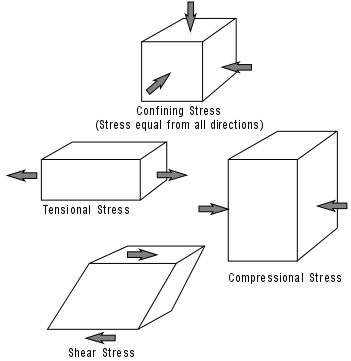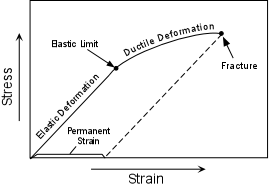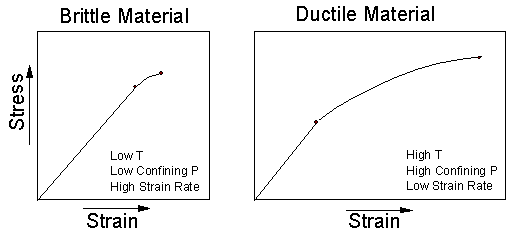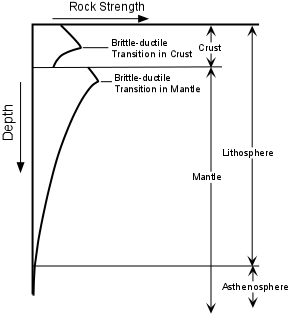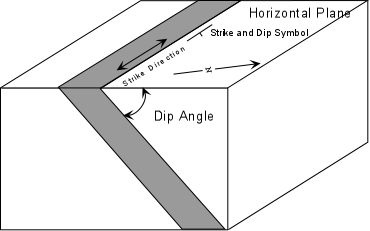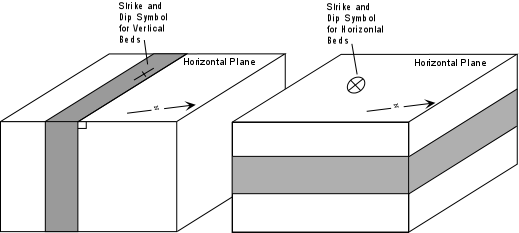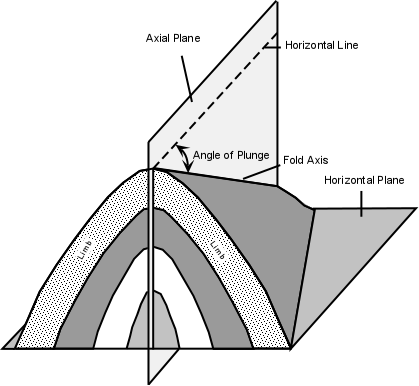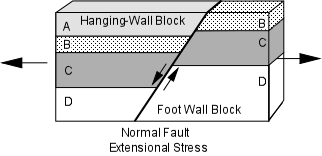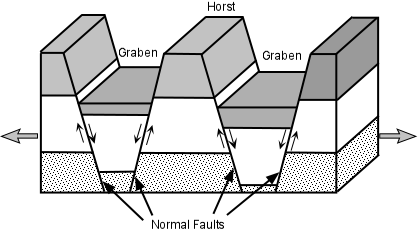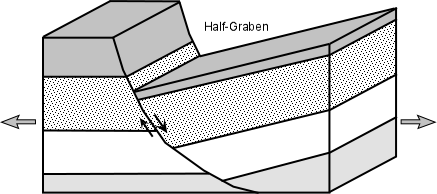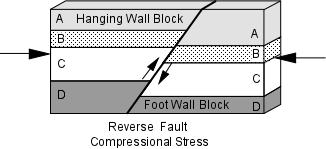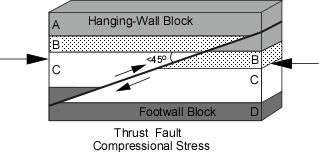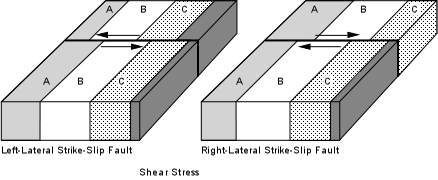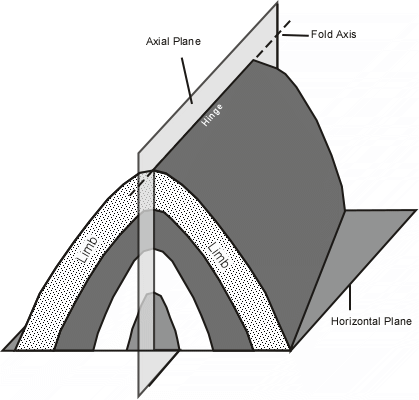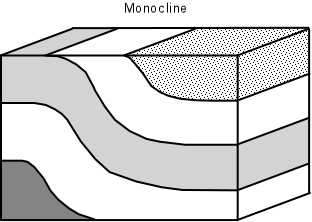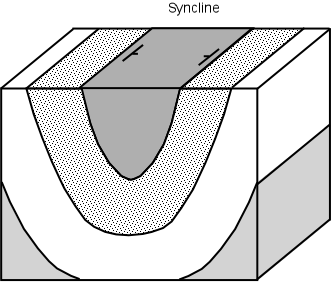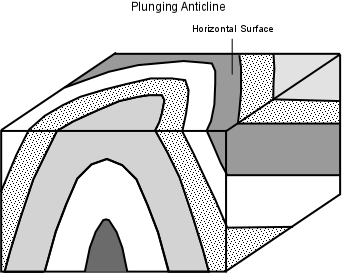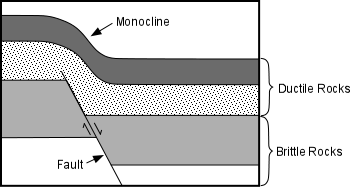Uplift and Isostasy
The fact that marine limestones occur at the top of Mt. Everest, indicates that deformation can cause considerable vertical movement of the crust. Such vertical movement of the crust is called uplift. Uplift is caused by deformation which also involves thickening of the low density crust and, because the crust "floats" on the higher density mantle, involves another process that controls the height of mountains.
The discovery of this process and its consequences involved measurements of gravity. Gravity is measured with a device known as a gravimeter. A gravimeter can measure
differences in the pull of gravity to as little as 1 part in 100 million. Measurements of
gravity can detect areas where there is a deficiency or excess of mass beneath the surface
of the Earth. These deficiencies or excesses of mass are called gravity anomalies.
A positive gravity anomaly indicates that an excess of mass exits beneath the area. A negative gravity anomaly indicates that there is less mass beneath an area.
Negative anomalies exist beneath mountain ranges, and mirror the topography and crustal
thickness as determined by seismic studies. Thus, the low density continents appear to be
floating on higher density mantle.

The protrusions of the crust into the mantle are referred to as crustal roots. Normal crustal thickness, measured from the surface to the Moho is 35 to 40 km. But under mountain belts crustal thicknesses of 50 to 70 km are common. In general, the higher the mountains, the thicker the crust.
What causes this is the principal of isostasy. The principal can be demonstrated by floating various sizes of low density wood blocks in your bathtub or sink. The larger blocks will both float higher and extend to deeper levels in the water and mimic the how the continents float on the mantle (see figure 11.26 in your text).
It must be kept in mind, however that it's not just the crust that floats, it's the entire lithosphere. So, the lithospheric mantle beneath continents also extends to deeper levels and is thicker under mountain ranges than normal. Because the lithosphere is floating in the asthenosphere which is more ductile than the brittle lithosphere, the soft asthenosphere can flow to compensate for any change in thickness of the crust caused by erosion or deformation.
The Principle of isostasy states that there is a flotational balance between
low density rocks and high density rocks. i.e. low density crustal rocks float on higher
density mantle rocks. The height at which the low density rocks float is dependent on the
thickness of the low density rocks. Continents stand high because they are composed of low
density rocks (granitic composition). Ocean basins stand low, because they are composed of
higher density basaltic and gabbroic rocks.
Isostasy is best illustrated by effects of glaciation. During an ice age crustal rocks
that are covered with ice are depressed by the weight of the overlying ice. When the ice
melts, the areas previously covered with ice undergo uplift.
Mountains only grow so long as there are forces causing the uplift. As mountains rise, they are eroded. Initially the erosion will cause the mountains to rise higher as a result of isostatic compensation. But, eventually, the weight of the mountain starts to depress the lower crust and sub-continental lithosphere to levels where they start to heat up and become more ductile. This hotter lithosphere will then begin to flow outward away from the excess weight and the above will start to collapse.
The hotter rocks could eventually partially melt, resulting in igneous intrusions as the magmas move to higher levels, or the entire hotter lower crust could begin to rise as a result of their lower density. These processes combined with erosion on the surface result in exhumation, which causes rocks from the deep crust to eventually become exposed at the surface.
|
